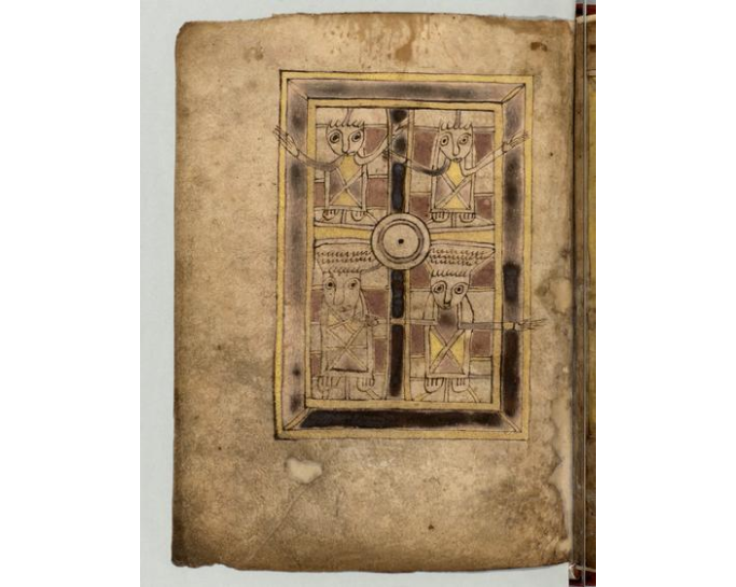Search for medieval Book of Deer monastery gets major archaeological breakthrough
The site of the lost Scottish monastery where monks wrote the ancient manuscript has been a mystery to historians.

Archaeologists in Scotland may have just made a breakthrough in their search for a long-lost medieval monastery. Researchers believe they have found the site of the building where the Book of Deer was written.
Excavation in a field near the ruined Deer Abbey in Aberdeenshire has revealed a collection of artefacts that can be traced back to the time when the 10th-century Latin Gospel Book was penned by monks. The book, which is owned by the Cambridge University Library, is of major significance as it is recognised as the first written evidence of Scottish Gaelic in existence.
According to The Scotsman, the monastery disappeared around 1,000 years ago and efforts to find traces of it have been futile — that is until a team of archaeologists, volunteers and students uncovered a pottery, a stone hearth and charcoal.
"This project has for many years worked hard to identify the location of the lost monastic site," Bruce Mann, archaeologist for Aberdeenshire Council, said.
"These latest discoveries may at last hint that the mystery has finally been solved. More work obviously has to happen, but regardless of what this finally turns out to be, it is a significant find for not only Old Deer, but Aberdeenshire and beyond too."
Carbon dating has indicated that the pottery found was from the medieval times and the charcoal dated to the early medieval monastic period.
"A medieval date for this hand-made pottery suggests the building underneath the layers where the pottery had been found might also be medieval in date," archaeologist Alison Cameron told BBC.
"The date for the charcoal is 1147 to 1260 and is extremely exciting because it is potentially the monastic period, so it is dating to the early medieval period when we know the monastery was in the area."
Excavations at the site are expected to continue in the hopes of finding more evidence to prove the location of the monastery.
The Book of Deer
According to The Book of Deer Project, the text is a 10<sup>th century illuminated manuscript from North East Scotland and is the only pre-Norman manuscript from this area known as "former Pictland".
While early writings were made in Latin, it includes 12-century additions in Gaelic along with Celtic illuminations. Aside from being the oldest pieces of Gaelic writing to have survived from early Medieval Scotland it also offers unique insight into the early church, culture and society of this period.

"The Gaelic notes in the book are the first written examples of Scottish Gaelic. There are some deviations in the language from the shared common Gaelic of Scotland and Ireland which had been used in earlier manuscripts," Dr Michelle Macleod, lecturer in Gaelic at Aberdeen University, said.
"These deviations, of which there are several, are the first written indication that the languages are separating and would be an indication of what people were likely saying.
"The Book of Deer is a tiny book but it has left a huge legacy for us, not only in the north-east but for the whole of Scotland. We had to wait another 200-300 years after the Book of Deer to find any more evidence of written Scottish Gaelic," she added.






